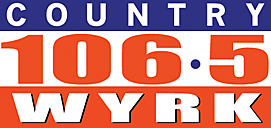
Everyday Items Invented By NASA – Dale’s Daily Data
It was more than 50 years ago when Alan Sheppard became the first American to fly into space. Since then 12 men have walked on the moon. More than 500 people from 39 countries including 55 women have flown in space. But what has space exploration done to improve things here on earth? Here’s a short list of things we use today that were developed or invented for use in space.
Cordless power tools – it was impractical for them to use tools with electric cords, so NASA engineers teamed up with Black & Decker to develop tools that featured rechargeable batteries and special low-power consumption motors.
Smoke detectors – in the 1970s, NASA partnered with Honeywell Corporation to come up with a device that would detect smoke and poisonous gases in America’s first space station - Skylab.
Enriched baby food – NASA was experimenting with algae as a food supply for long space trips and found a component of algae has two fatty acids similar to those found in human breast milk. It led to the development of an enriched infant formula called Formulaid, to help babies' visual and mental development.
Space-age pavement - NASA's experiments in cryogenics helped develop a process to freeze car tires to temperatures of 200 degree below zero. The tire rubber crumbles at that temperature and the waste is recycled into new products, including an ingredient used to pave highways.
You know those thermometers you need only stick on your forehead or in your ear? Developed in space.
The Golden Gate Bridge and the Statue of Liberty are both use paint developed to protect NASA launch structures from salt air corrosion, rocket exhaust and thermal stress.
Many orthodontists use ceramic braces that are bonded to the teeth and strung together with a nickel-titanium wire – developed by NASA. That wire has an amazing ability to maintain its original shape allowing space satellites to spring open after being cramped and stuffed inside a rocket and contorted inside a rocket.
Most eyewear today is made of plastic developed by NASA – it’s lighter and stronger than glass.
One thing NASA did not have a hand in inventing. Tang was introduced in 1957 by General Foods and was on the grocery shelves a couple of years before NASA decided it would work well in space.
More From 106.5 WYRK
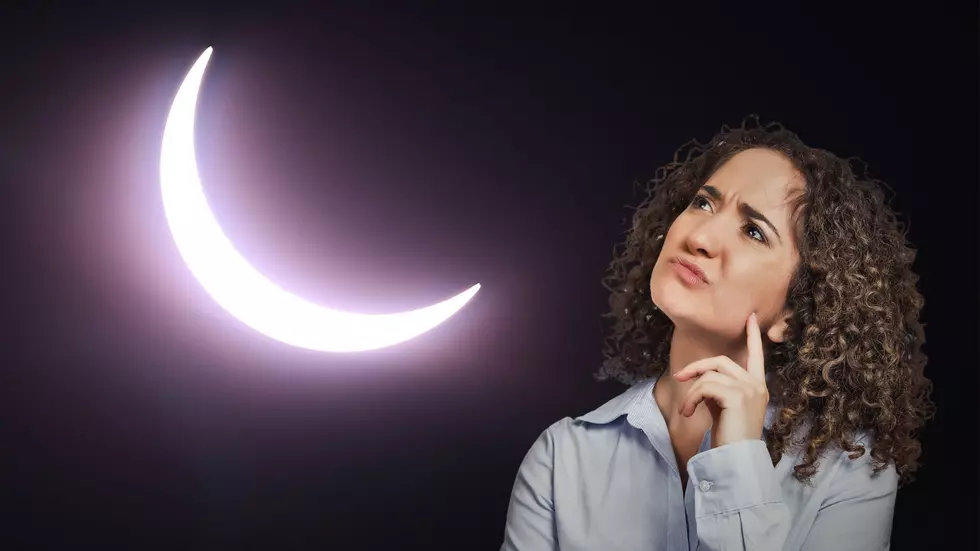

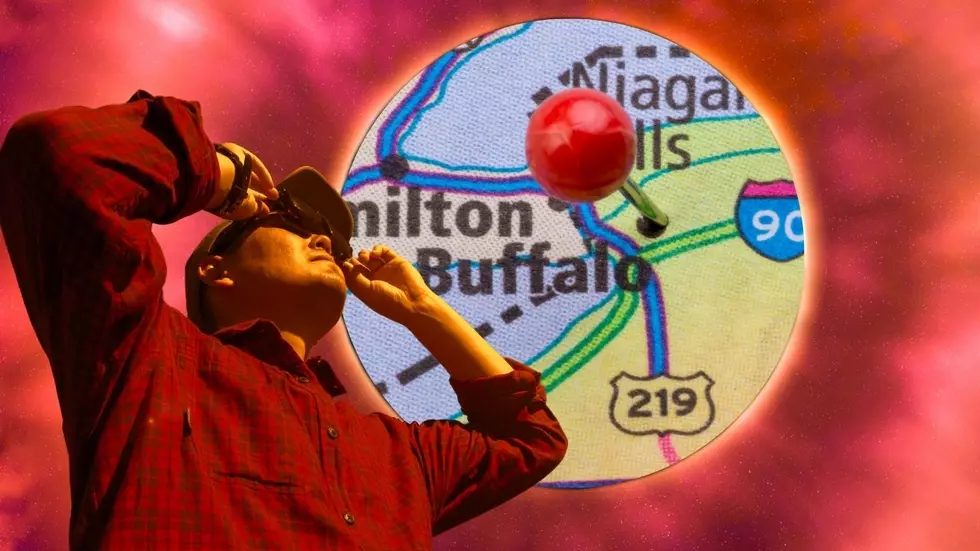
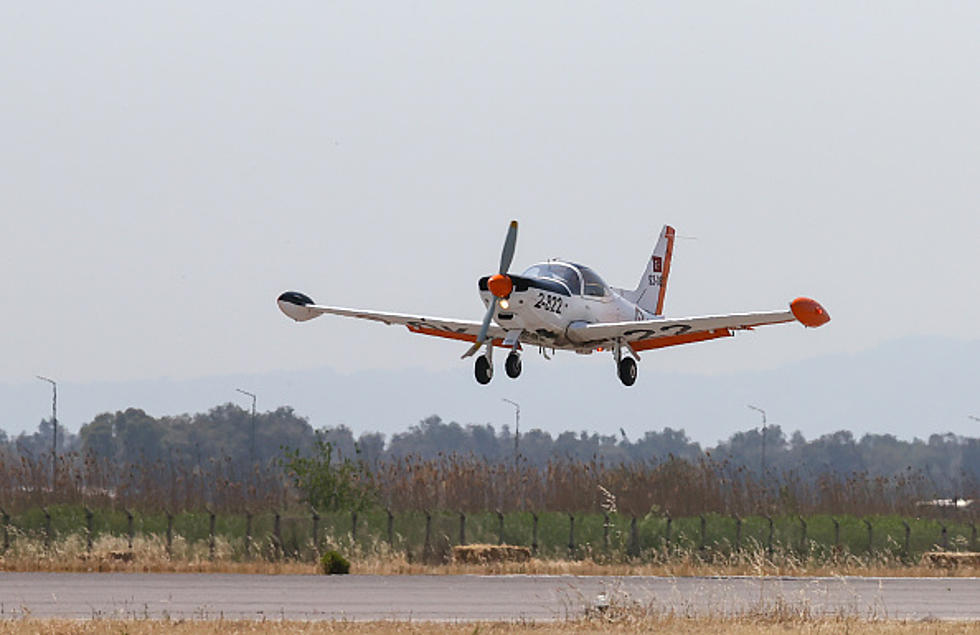

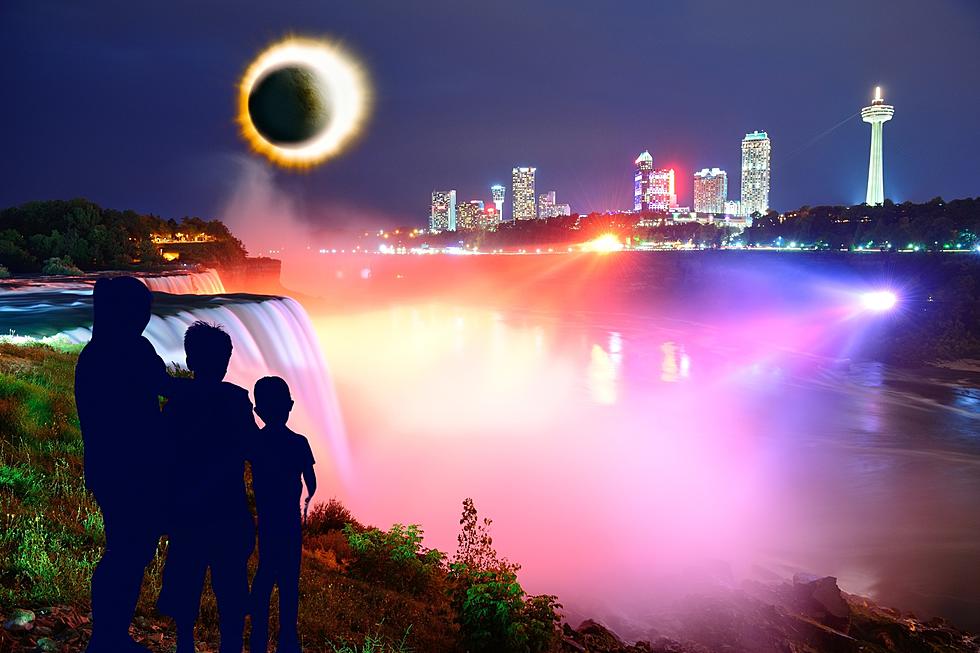
![10 Things You Had No Idea Were Invented In Buffalo [LIST]](http://townsquare.media/site/10/files/2020/04/GettyImages-3133790.jpg?w=980&q=75)
![10 Things You Didn’t Know Were Invented In Buffalo [LIST]](http://townsquare.media/site/10/files/2018/12/GettyImages-153199135.jpg?w=980&q=75)

